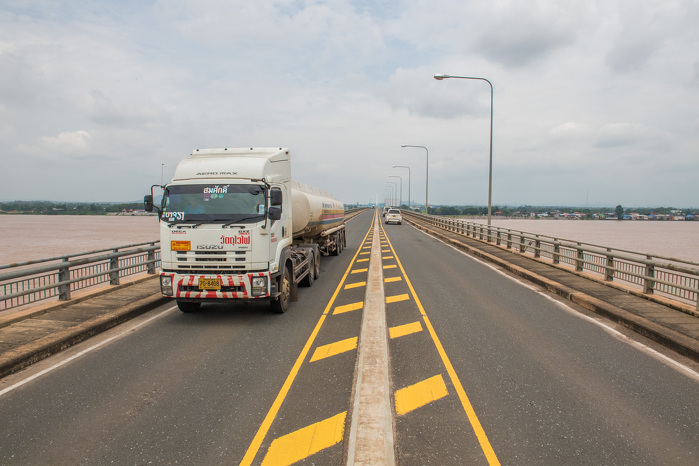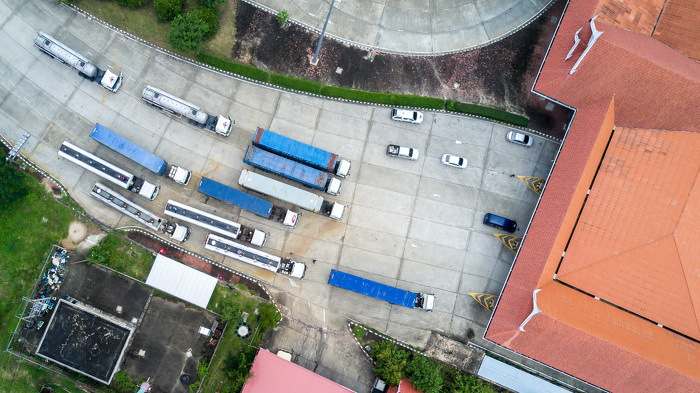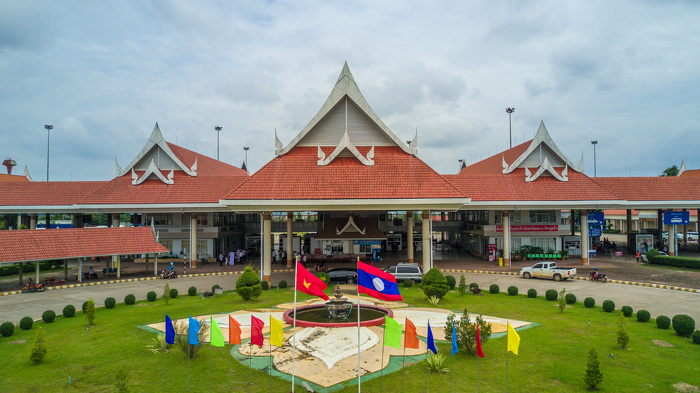Greater Mekong Subregion Preinvestment Study for the East-West Economic Corridor
Details
|
Project |
33105-012 |
|
Related Projects |
Search |
|
Type |
TA |
|
Sector |
Public Sector Management |
|
Country |
Regional |
|
Start |
1999 |
|
End |
2005 |
|
Status |
Closed |
|
Last Edited |
05 Jul 2021 |
Project Description
The Greater Mekong Subregion (GMS) countries launched the GMS economic cooperation program in 1992, with the aim to promote closer economic ties in the subregion by removing both structural and non-structural constraints for cooperation. The GMS program in its early phases made great efforts in reducing the physical constraints that impeded cooperation. Gradually the GMS program expanded its efforts to go beyond promoting the physical linkage. At the Eighth GMS Ministerial Meeting in Manila in 1998, the GMS program formally adopted the concept of developing economic corridors. The economic corridor approach emphasized the promotion of economic linkages in the development of an area that may span across sectoral and administrative boundaries. The emphasis on economic corridor development was to ensure that road infrastructure improvements would have the best possible positive spill-over impacts on human and economic development in the geographic area adjacent to the road infrastructure. The East West Economic Corridor (EWEC) was one of these economic corridors, connecting from the South China Sea in the east to the Andaman Sea in the west. The RETA was intended to prepare a Preinvestment Study to facilitate the transformation of the East West Transport Corridor into a full-fledged economic corridor.
Progress
(as of March 2021)
Project closed
News and Multimedia

The East-West Economic Corridor Project's objective is to create a road transport corridor linking north-east Thailand through Lao PDR to Da Nang Port in Viet Nam. Technicians and workers assembling electronic products in one of the factories inside the Savan Park Special Economic Zone in Savannakhet. The growth of industry and cross-border trade are bringing jobs to the area. ADB supported the training of Lao officials to manage the zone and promote its attractions to foreigner investors.
Source: ADB Flickr

The East-West Economic Corridor Project's objective is to create a road transport corridor linking north-east Thailand through Lao PDR to Da Nang Port in Viet Nam. Technicians and workers assembling electronic products in one of the factories inside the Savan Park Special Economic Zone in Savannakhet. The growth of industry and cross-border trade are bringing jobs to the area. ADB supported the training of Lao officials to manage the zone and promote its attractions to foreigner investors.
Source: ADB Flickr

The East-West Economic Corridor Project's objective is to create a road transport corridor linking north-east Thailand through Lao PDR to Da Nang Port in Viet Nam. Technicians and workers assembling electronic products in one of the factories inside the Savan Park Special Economic Zone in Savannakhet. The growth of industry and cross-border trade are bringing jobs to the area. ADB supported the training of Lao officials to manage the zone and promote its attractions to foreigner investors.
Source: ADB Flickr

The East-West Economic Corridor Project's objective is to create a road transport corridor linking north-east Thailand through Lao PDR to Da Nang Port in Viet Nam. Technicians and workers assembling electronic products in one of the factories inside the Savan Park Special Economic Zone in Savannakhet. The growth of industry and cross-border trade are bringing jobs to the area. ADB supported the training of Lao officials to manage the zone and promote its attractions to foreigner investors.
Source: ADB Flickr

The East-West Economic Corridor Project's objective is to create a road transport corridor linking north-east Thailand through Lao PDR to Da Nang Port in Viet Nam. Aerial view of the border check point on the Lao side of the Mekong River. On the horizon is the second ThaiâLao Friendship Bridge which connects Mukdahan Province in Thailand with Savannakhet in Lao PDR.
Source: ADB Flickr

The East-West Economic Corridor Project's objective is to create a road transport corridor linking north-east Thailand through Lao PDR to Da Nang Port in Viet Nam. Trucks and othe vehicles passing through the Second ThaiâLao Friendship Bridge over the Mekong river which connects Mukdahan Province in Thailand with Savannakhet in Lao PDR. The bridge is 1600 meters long and 12 meters wide, with two traffic lanes. Constructed in 2004, the bridge opened in 2009.
Source: ADB Flickr

The East-West Economic Corridor Project's objective is to create a road transport corridor linking north-east Thailand through Lao PDR to Da Nang Port in Viet Nam. Trucks and other vehicles crossing the border check point on the Lao side of the Mekong River through the Second ThaiâLao Friendship Bridge which connects Mukdahan Province in Thailand with Savannakhet in Lao PDR. The bridge is 1600 meters long and 12 meters wide, with two traffic lanes. Constructed in 2004, the bridge opened in 2009.
Source: ADB Flickr

The East-West Economic Corridor Project's objective is to create a road transport corridor linking north-east Thailand through Lao PDR to Da Nang Port in Viet Nam. Aerial view of trucks and other vehicles crossing the border check point on the Lao side of the Mekong River through the Second ThaiâLao Friendship Bridge which connects Mukdahan Province in Thailand with Savannakhet in Lao PDR.
Source: ADB Flickr

The East-West Economic Corridor Project's objective is to create a road transport corridor linking north-east Thailand through Lao PDR to Da Nang Port in Viet Nam. The border check point on the Lao side of the Mekong River.
Source: ADB Flickr

The East-West Economic Corridor Project's objective is to create a road transport corridor linking north-east Thailand through Lao PDR to Da Nang Port in Viet Nam. Border check point on the Lao side of the Mekong River. Laos and Thailand are now linked by âFriendship Bridge IIâ completed in 2007. Beginning of the East-West Corridor (Route 9 connecting Laos and Vietnam).
Source: ADB Flickr

The East-West Economic Corridor Project's objective is to create a road transport corridor linking north-east Thailand through Lao PDR to Da Nang Port in Viet Nam. Border check point on the Lao side of the Mekong River. Laos and Thailand are now linked by âFriendship Bridge IIâ completed in 2007. Beginning of the East-West Corridor (Route 9 connecting Laos and Vietnam).
Source: ADB Flickr
- Increased economic cooperation and trade facilitation between and among Lao PDR, Thailand and Viet Nam.
- Reduced transport costs by 17-33%.
- Reduced travel time by 100 minutes.
- Increased rural incomes and employment opportunities in the project influence areas.
- Increased cross-border movement of freight and passengers.











